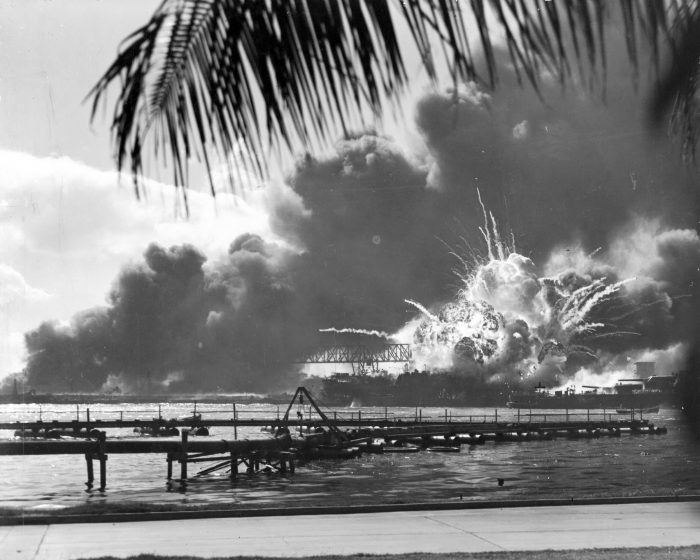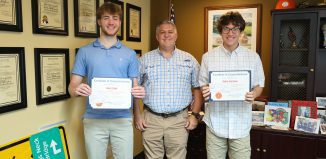Historical Perspective: Pearl Harbor — Awakening the sleeping giant
By Rich Acritelli
“We thought they were U.S. planes until we saw the big red sun on the wings, and they began to bomb and strafe, and there was that big red sun on their wings, and it was war.”
— William Harvey, USS Sacramento, 1941
Eighty-two years ago on Dec. 7, the Empire of Japan struck the United States Armed Forces stationed at Pearl Harbor, Hawaii.
In the early morning hours, a massive Japanese naval and air presence was just 200 miles off the coast of these islands as military personnel and civilians awaited a leisurely Sunday. In an attack that lasted a little over two hours, an American population was thrust into a global conflict.
The surprise attack stunned government and military officials alike. Many Americans were shocked by this news, deluded by the inaccurate perception that the Japanese were not capable of hitting Hawaii with any robust force.
Instead, airmen, army forces and naval ships were reeling from continual aerial assaults by the Japanese Zero fighter aircraft that openly strafed American targets. From Japanese aircraft carriers, 40 torpedo planes, 103 level bombers, 131 dive bombers and 79 fighters opened up the war against American targets.
Once the smoke cleared, 2,403 American service members were killed, more than 1,000 injured and 19 American ships were crippled or destroyed.
The United States was fortunate that its three aircraft carriers were at sea. Adm. Isoroku Yamamoto initially stressed caution against this attack. He openly believed that if the American carriers were not hit, he could “run wild” for a year before the “sleeping giant awoke.”
Yamamoto, who traveled extensively around the United States, fully understood America’s economic and military potential, worrying that Japan would lose any long war against this country. The next day, President Franklin D. Roosevelt (D) rallied a shaken nation, announcing that a “state of war” existed between the U.S. and Japan.
Americans from all walks of life entered the U.S. Armed Forces to avenge this national tragedy and oppose the rise of fascism. The Japanese and Germans faced limited military achievements, but they underestimated the American resolve to mobilize every facet of its government, economy and population.
By 1945, America and its allies had achieved “complete” and “utter” victory first against Germany and then Japan.
A way to remember
Dec. 7, 1941, is a national day of remembrance of service for many past, present and future veterans. Recently, Thomas Semkow, a lifetime member of Rocky Point VFW Post 6249, died of cancer on Nov. 13, at 78. A soft-spoken man who was born in Manhattan and enjoyed every aspect of the Rocky Point VFW, Thomas was a Vietnam veteran. He was sent to Vietnam during the height of the fighting. Thomas had the unique experience of being a member of the Green Berets as a medic who worked closely with American and South Vietnamese forces who directly fought the Vietcong and the North Vietnamese Army.
Never one to speak about his experiences during the war, Thomas’ military achievements are on display at the VFW 6249 Suffolk County World War II and Military History Museum, opening Thursday, Dec. 7.
His death is a continual reminder of the older World War II, Korean and Vietnam war veterans who are dying on a daily basis. They sacrificed greatly to defend this nation. Let us remember now their valor during the Japanese attack.
Rich Acritelli is a history teacher at Rocky Point High School, adjunct professor at Suffolk County Community College and curator of the VFW 6249 Suffolk County World War II and Military History Museum.







